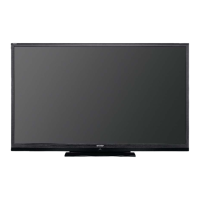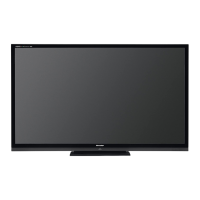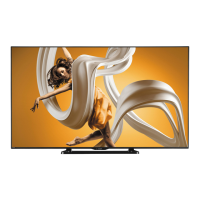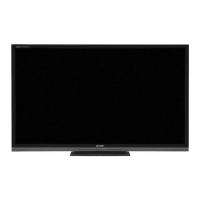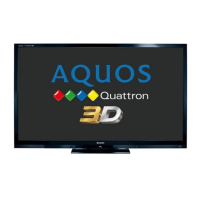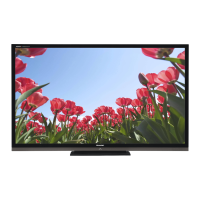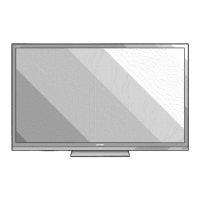What to do if my Sharp LCD TV cannot be operated?
- PPaige MorrisSep 4, 2025
If your Sharp LCD TV unit cannot be operated, external influences such as lightning or static electricity may cause improper operation. Turn off the power of the TV or unplug the AC cord, wait 1 or 2 minutes, and then replug it in to restore operation.



